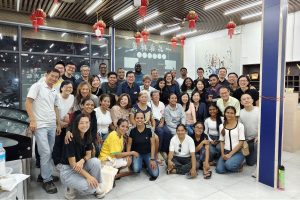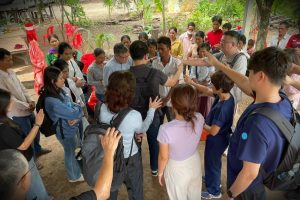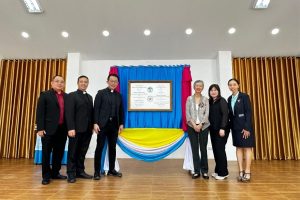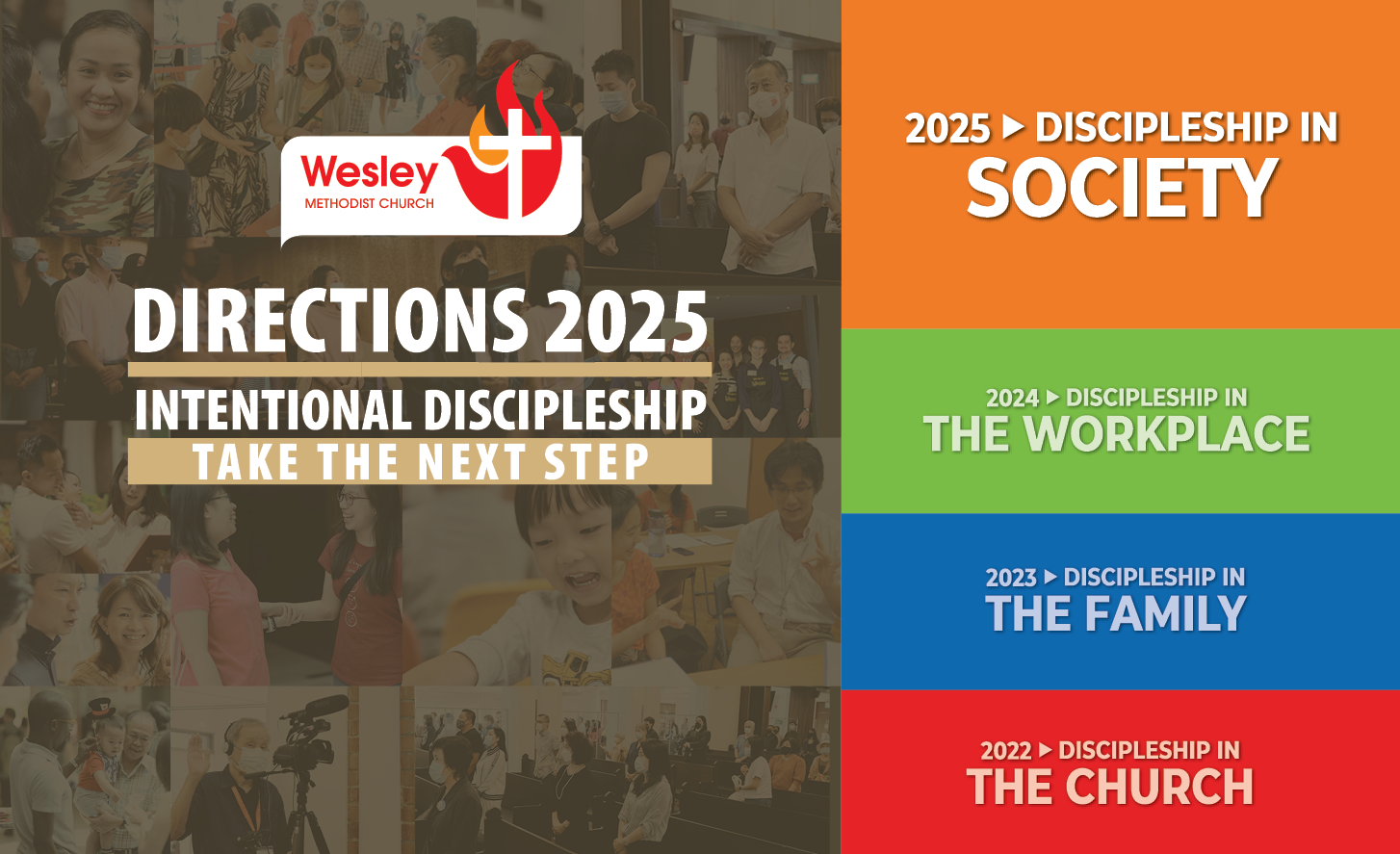SPEAKER: JOHN KNOX
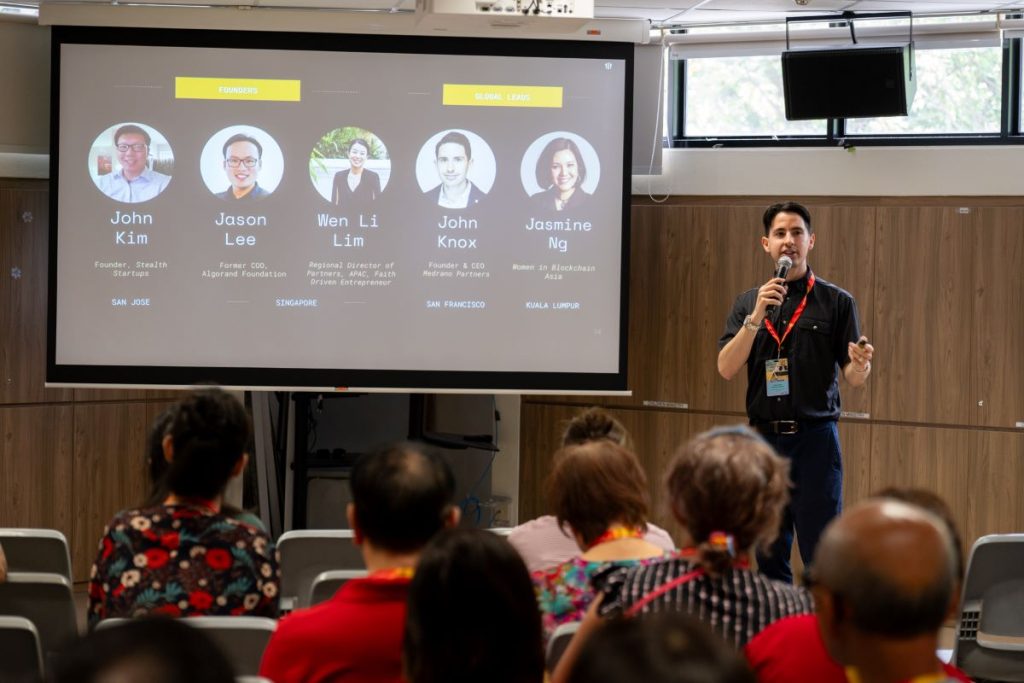
At the Digital Outreach in the City session, John Knox shared how in today’s digital landscape, different generations gather on different platforms—older adults on Facebook, youth on Instagram or TikTok, and children on Roblox or Minecraft.
This creates both a challenge and an opportunity. The challenge is that these spaces can become echo chambers, where people only hear voices from their own generation. As a result, those seeking hope and direction may miss out on the wisdom and experiences that come from other generations.
However, the digital world also offers opportunities.
“Just like how the gospel spread in the first century through Roman roads, the internet today is our Roman road—a new infrastructure to carry the gospel across the world,” said Knox.
“You don’t need to serve full-time or travel overseas to be a digital missionary. For example, you can use five percent of your time each day to share the gospel online. Thanks to algorithms on smartphones and social platforms, your message can show up in feeds and others will hear or read it when you share something pretty cool,” he said.
Digital missions offer both safety and accessibility. They allow us to reach people we may never meet in person, and with a level of personalisation that breaks barriers. For example, someone from a non-Christian background may not have a family open to exploring other content—but online, testimonies and stories of beauty can slip past those filters and spark curiosity.
We can also use technology to support and encourage missionaries by providing resources, financial support like crypto, training or even AI tools designed in their own languages. With these, they can continue the work more effectively and reach people we never could on our own.
The talk highlighted three dimensions of digital outreach:
DIGITAL MISSIONS: A MODERN MISSION FIELD
Christians can do digital missions through the following ways:
1. Cultivate authentic community:
Share personal testimonies and faith journeys to build genuine connections and offer hope in digital spaces, or make disciples digitally in virtual worlds (VR Church).
2. Embrace digital roles (The Gospel Influencer):
Use your unique gifts to reach different audiences:
- The Teacher: Create thoughtful content that explains scripture and theology.
- The Friend: Build community through relatable, conversational and supportive content.
- The Explainer: Answer common questions about faith and the Bible in accessible ways.
- Music/dance: Use music, dance, digital art or AI-generated visuals to express worship and truth creatively.
3. Build digital faith spaces:
Create intentional, safe environments within popular platforms where people can explore faith.
Participate in or build worlds like “The Land of Promise” on Minecraft, where players explore biblical landmarks and engage in faith-based activities.
Use emerging tools like vibe coding and game design to build interactive, exploratory learning experiences.
MARKETPLACE MISSIONS
1. Be a witness:
Professionals in technology and other industries can witness through their excellence and values, and are sometimes invited into spaces—universities, businesses and even government forums—where personal testimonies are welcomed.
2. Use in-demand skills:
Use technology careers to gain access and credibility in closed regions where Christ isn’t welcome, but tech is celebrated as a driver of economic growth.
3. Empower missionaries:
Support on-ground missionaries through professional expertise.
CHRISTIANS IN TECH
- Innovate with Christian ethics:
Lead the creation of new technologies and business practices that are guided by biblical principles and human dignity. - Design governance frameworks:
Develop responsible AI, data privacy and compliance policies that are rooted in biblical values. - Build for the mission field:
Apply technical skills to solve pressing challenges for the global church, and participate in initiatives like Indigitous hackathons, Develop for Good and FaithTech community initiatives in Asia.


